39 the truth behind calorie labels
The Science Behind Calories and Nutrition Facts Labels Some calories you consume every day should come from each of the three nutrients. About 50 to 60% of your calories should come from carbohydrates, 30% of your calories should come from fat and 12 to 20% of your calories should come from proteins (©2020 Let's Talk Science). Reading nutrition labels can help you determine how much of these key ... ChemMatters: The Science Behind Calories and Nutrition Facts Labels Our latest ChemMatters episode explains the science behind calories and nutrition facts labels. Find out how scientists first determined the calorie content ...
The truth behind nutrition labels | Mint How it measures up: This is where even reputable manufacturers hide behind ambiguous statements. Nutritional info is typically listed "per serving" or "per 100g". Nutritional info is typically ...
The truth behind calorie labels
The Truth Behind Calorie Listings - Business Insider The actual calorie content was almost double what the label claimed: a shocking 548.4 calories. That about equates it to a McDonald's Big Mac. Casey Neistat/YouTube And finally, he put Subway to... Five Truths About Advertising That the Food Industry Doesn't ... - Verily The National Heart, Lung, and Blood Institute warns that these foods may not be low in calories even if they are low in fat, sugar, or salt. 03. Suggested serving sizes are not accurate. Food companies are smart. The trick to making food seem healthier comes down to altering the serving size. Measuring the impact of calorie labeling: The mechanisms behind changes ... Learning the true calorie content of fast food may induce consumers to change behavior, yet recent evidence is mixed on whether calorie labels cause consumers to order healthier meals. Especially for individuals for whom consumption of highly caloric fast-food is habitual, a rational response to calorie labeling may instead be to maintain consumption levels but increase physical activity.
The truth behind calorie labels. The Truth Behind Calorie Labels - YouTube An OpDoc for the New York Times. Original posting and statement here; Thank You to Dr. Rising, Ping and Dr. Pi-Sunyer as well a... Cracking The Code: The Truth Behind Food Labels - The Daily Meal "100% Whole Wheat": The only label that ensures that all of the ingredients in the product are made from whole grains. "Excellent Source Of…": Must contain at least 20% of the daily recommended value for that nutrient. The Truth Behind the Misleading Labels on Food Packaging This means the product has 50% less fat than its original product and/or the calories have been reduced by at least 33%. Be wary of the claim of "light" correlating to lighter color or flavor, though. Light olive oil and light brown sugar both indicate a less intense flavor and lighter colors respectively, not lighter in calories or fat content. The Truth Behind Calorie Labels : r/videos - reddit The Truth Behind Calorie Labels. Food calorie counts are based on summing up the calorie values of the ingredients, which are in turn based on FDA tables of calorie values (the so-called "Atwater" tables). These tables are not simply based on bomb calorimetry; they are based on models of digestive efficiency and calorie absorption.
The Truth Behind These 7 Common Food Labels, And Why You Should Know ... Minimally processed usually involves washing, aging, drying, freezing, canning, pasteurizing, or cooking the food; but actual processing changes foods — by adding fat and sugar calories, salt, colors, flavors, and various other substances to make the food taste better while reducing nutritional value. Shocking truth about those calorie-counted supermarket meals! Calories on pack: 281 calories in test: 330. Calorie Counted beef lasagne, £1.60 Difference in calories: 49 Difference as a percentage: 17pc. Calories on pack: 243 calories in test: 274. Calorie ... Open letter: calorie labelling on restaurant menus will be both ... RE: Remove calorie labels from restaurant menus. We are writing to you about the recently launched plan to tackle obesity. While we welcome the intention behind the strategy and support its desired outcomes, we are disappointed by the emphasis that the strategy places on numbers, weight and calorie counting - rather than on education and ... The Controversy Behind Calorie Labelling - Impact Magazine From April 2022, the UK government has made it mandatory for food retailers with over 250 employees to put calorie information on their menus. They claim that this "wider strategy to tackle obesity, will help to ensure people are able to make more informed, healthier choices when it comes to eating food out or ordering takeaways."
How to Understand and Use the Nutrition Facts Label | FDA Overview. The information in the main or top section (see #1-4) of the sample nutrition label (below) can vary with each food and beverage product; it contains product-specific information ... Food Label Lies: How to Sort Truth From Hype | HuffPost Life What it doesn't mean: An organic label indicates that 95% of the product is organic (there is also a "100-percent organic" label). And a food with at least 70% organic ingredients can be labeled "made with organic ingredients." Organic also does not guarantee that it was produced on a small farm, is healthy, or that animals were treated humanely. Calories on the New Nutrition Facts Label | FDA 2,000 calories a day is used as a general guide for nutrition advice, but your calorie needs may be higher or lower depending on your age, sex, height, weight, and physical activity level. Eating ... The Truth About Food Labels - ABC News A University of Minnesota study showed that 91 percent of shoppers often bypass the calorie count before buying an item. That's bad: If each meal exceeds your energy needs by just 170 calories, you can gain a pound a week. Fat Plenty of men still assume that if a food is low in fat, it's good for them and vice versa. Far from it, says Dr. Katz.
How to Decode a Nutrition Label - Healthline knowing that your calorie needs may differ from the 2,000 calories-per-day baseline on labels. realizing that the nutrient values on labels are listed per serving size — and keeping track of how ...
Where 2000 Calories on Food Labels Comes From - Rachael Hartley Nutrition Calories on Food Labels Doesn't Much Matter Anyway . I hope knowing this history takes away some of the power behind the 2,000 calories on food labels. At the end of the day, if we didn't live in a world that tries to convince you weight gain is the worst thing that could possibly happen, seeing calories on a food label wouldn't have any power. But unfortunately, we do live in a fatphobic, diet-obsessed culture, and because of that calories hold power over many people.
Seeking the Truth in Food Labels - Truth in Advertising Serving sizes listed on the back of many products are completely unrealistic when you consider today's average portion sizes, a phenomenon known as "portion distortion." The accompanying nutrition information is also given in terms of a single serving, leading many of us to completely underestimate our salt, sugar, fat, and caloric intake.
Nutrition Labels Are Inaccurate. And that Doesn't Matter. 1) Even when accounting for labeling error in all of the foods eaten, the whole-day calorie number you log will probably be within 3-5% of the "true" figure, on average. 2) Some days, the errors will be bigger, but almost always smaller than the average error per food.
How to read and understand a nutrition label - CNET Bold text on a nutrition label will give you a top-level overview of the nutritional values, and the indented text beneath that breaks it down further. So "Total Fat" in bold font includes grams of...
Truth Behind The Label - Telling the true about ingredient decks ... The label you find on the back or the side of a packaged product, finished or an ingredient has the Serving Size, this is very important information that you must understand, i.e. a cheese cake may have the serving size of only 150g per slice, now someone who is in a hurry may grab this cake, take a quick look at the nutritional label, see the serving size & think that's the whole Cheese Cake, their could be 8 to 14 slices & if the serving size is only 150g well that throws everything out ...
Are Calorie Counts on Food Labels Accurate? • Cathe Friedrich Rather than placing a food in a calorimeter and burning it, the calorie count is determined by adding up how many calories are stored in each macronutrient, fat, carbohydrate, and protein. We know carbohydrates contain 4 kilocalories per gram while fat has 9 kilocalories per gram, so it's not difficult to determine the calorie count if we know how much of each macronutrient is in a food.
Science Reveals Why Calorie Counts Are All Wrong The flaws in modern calorie counts originated in the 19th century, when American chemist Wilbur Olin Atwater developed a system, still used today, for calculating the average number of calories in ...
How to Read Food Labels Without Being Tricked - Healthline Nutrition labels state how many calories and nutrients are in a standard amount of the product — often a suggested single serving. However, these serving sizes are frequently much smaller than what...
Exam: 03.03 The Truth Behind the Label Flashcards | Quizlet Exam: 03.03 The Truth Behind the Label 4.7 (15 reviews) Term 1 / 7 The number of calories in a gram of fat is A. half the number of calories in a gram of protein B. equal to the number of calories in a gram of carbohydrate C. more than double the number of calories in a gram of carbohydrates
Calorie Labels Continue to Have No Impact On Our Food Choices In 2010, as part of the Affordable Care Act (Obamacare), the FDA was given control over enforcement of these same calorie labeling requirements nationwide. In this last year, New York Mayor de Blasio, upset at the slow pace of the federal response, ordered the City to begin enforcing the new calorie labeling requirements.
Measuring the impact of calorie labeling: The mechanisms behind changes ... Learning the true calorie content of fast food may induce consumers to change behavior, yet recent evidence is mixed on whether calorie labels cause consumers to order healthier meals. Especially for individuals for whom consumption of highly caloric fast-food is habitual, a rational response to calorie labeling may instead be to maintain consumption levels but increase physical activity.
Five Truths About Advertising That the Food Industry Doesn't ... - Verily The National Heart, Lung, and Blood Institute warns that these foods may not be low in calories even if they are low in fat, sugar, or salt. 03. Suggested serving sizes are not accurate. Food companies are smart. The trick to making food seem healthier comes down to altering the serving size.
The Truth Behind Calorie Listings - Business Insider The actual calorie content was almost double what the label claimed: a shocking 548.4 calories. That about equates it to a McDonald's Big Mac. Casey Neistat/YouTube And finally, he put Subway to...

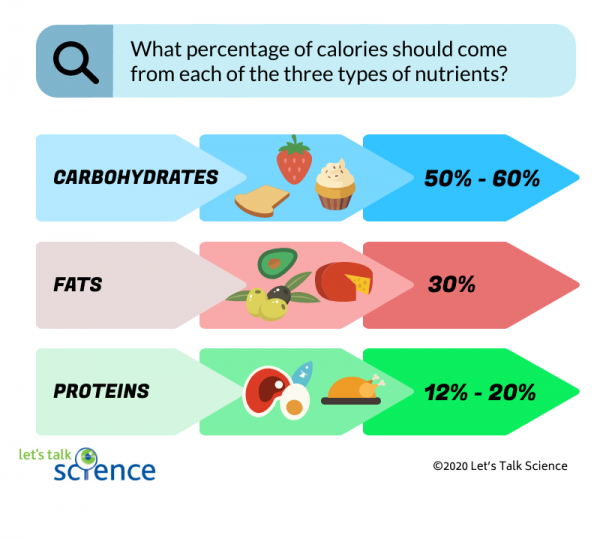
:max_bytes(150000):strip_icc()/Untitled-design-1--57535a9a5f9b5892e8c4a7b4.jpg)


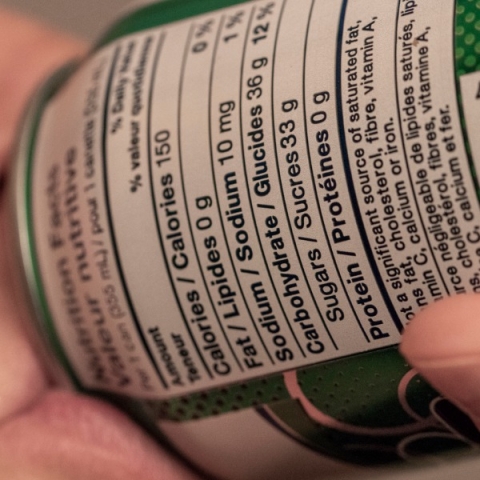
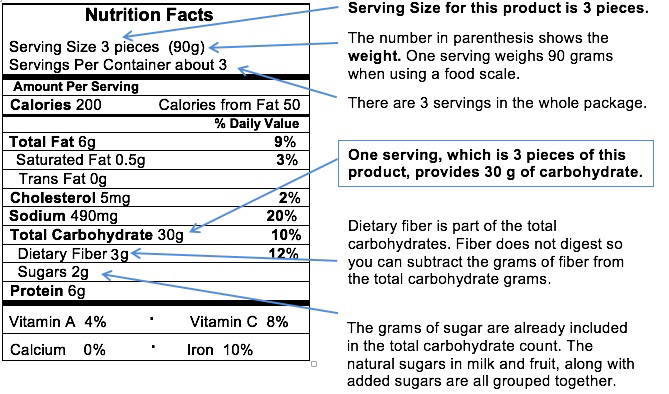







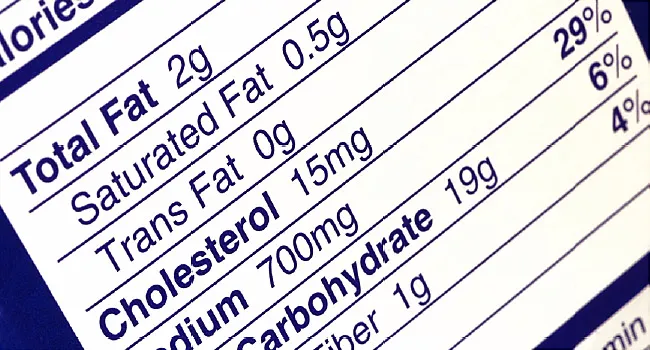


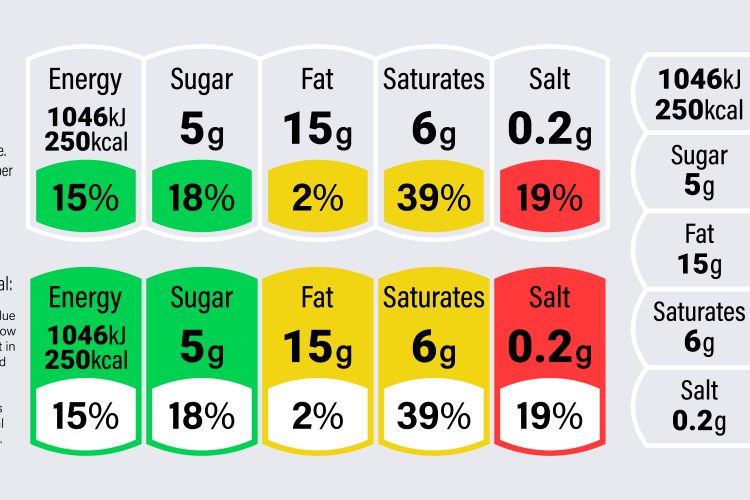
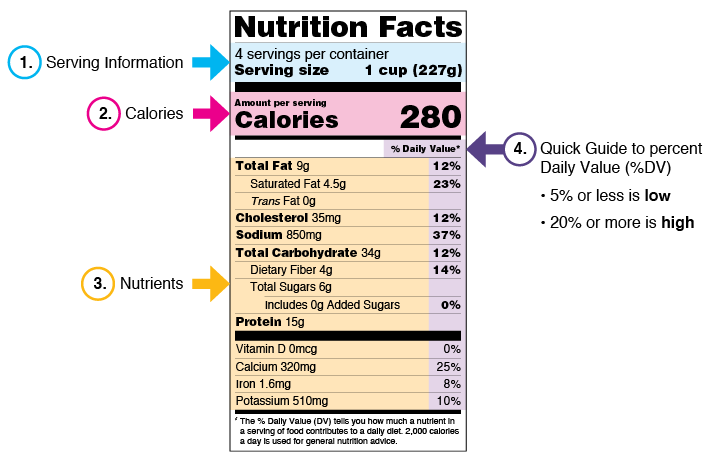






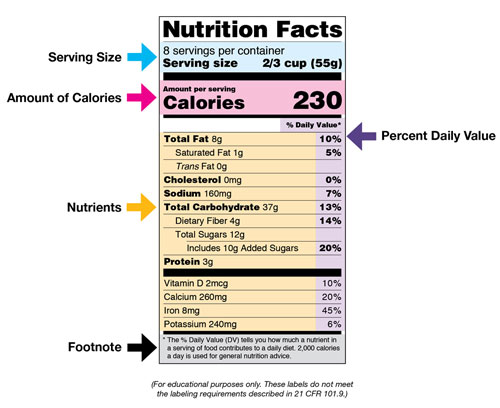


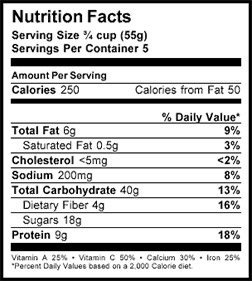


Post a Comment for "39 the truth behind calorie labels"